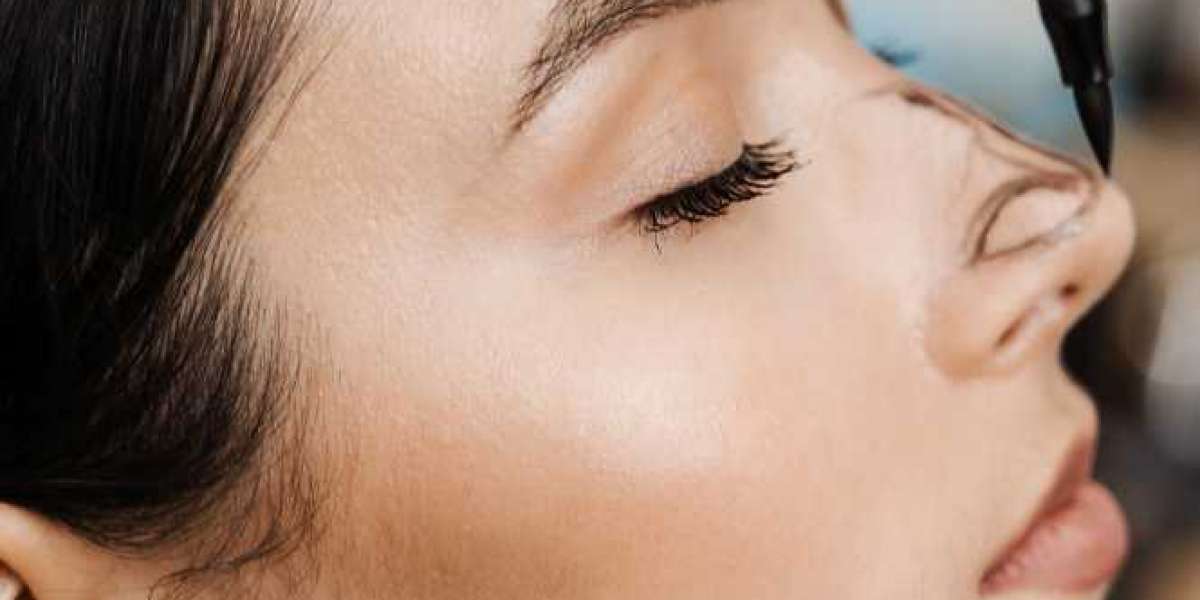If you’re considering rhinoplasty in Riyadh (جراحة تجميل الأنف في الرياض), this guide will walk you through the full process — from the first consultation to final results — so you know exactly what’s ahead.
? Before Surgery: Consultation, Planning Preparation
✅ Step 1: The Consultation
Your journey begins with a consultation with a board-certified plastic surgeon or facial plastic surgeon. During this visit, you’ll discuss:
Your concerns about your nose’s appearance or function
Medical history (including breathing issues or past trauma)
Goals and expectations
Whether you’re a candidate for cosmetic, functional, or revision rhinoplasty
Advanced clinics may use 3D imaging software to help you visualize possible outcomes, ensuring you and your surgeon are on the same page.
? What Your Surgeon Evaluates:
The shape and symmetry of your nose
Nasal skin thickness
The nasal septum (to check for deviations)
Overall facial proportions
Breathing function and airflow
? Pre-Surgical Instructions
You’ll receive detailed guidelines such as:
Stop smoking at least 2–4 weeks prior
Avoid aspirin and anti-inflammatory meds
Arrange time off for recovery (typically 7–10 days)
Secure transportation and help at home for the first 24–48 hours
?️ During Surgery: The Procedure Itself
Rhinoplasty is typically performed under general anesthesia and takes 1 to 3 hours, depending on the complexity.
? Surgical Approaches:
Closed Rhinoplasty
Incisions made inside the nostrils
No visible external scars
Suitable for minor reshaping
Open Rhinoplasty
A small incision across the columella (the strip of skin between nostrils)
Greater visibility and precision
Preferred for complex or revision procedures
During surgery, your surgeon may:
Reshape bone and cartilage
Smooth out a dorsal hump
Refine the nasal tip
Straighten a deviated septum
Narrow the nostrils or bridge
Once complete, the surgeon will place a splint on your nose to protect and support the new structure.
? After Surgery: Recovery Results
? The First 24–48 Hours
You’ll feel groggy and congested, with mild discomfort
Some bleeding or drainage is normal
Keep your head elevated and rest
Ice packs can help with swelling and bruising
?️ Week 1
Swelling and bruising around the eyes and nose peak around day 2–3
Most patients take 7–10 days off work or school
Your splint and any sutures are usually removed by day 7
You’ll start to see the general shape of your nose emerge
?️ Weeks 2–4
Swelling continues to subside
Most bruising fades
You can return to light exercise (avoid impact or contact sports)
Nose may still feel numb or stiff, especially at the tip
⏳ Months 2–12
Subtle swelling lingers, especially in thick-skinned patients
Results become more defined
Full healing can take up to 12 months — patience is key!
?♀️ Common Questions
Is it painful?
Rhinoplasty is not typically painful — most patients report mild discomfort or pressure, not sharp pain. Prescription medication or OTC pain relievers are often sufficient.
When will I see final results?
Initial improvements are visible within weeks, but final results settle gradually over 6 to 12 months, as swelling fully resolves.
Will I have scars?
Closed rhinoplasty: no visible scars
Open rhinoplasty: a small, nearly invisible scar at the columella that fades over time
Will it change my voice?
In rare cases, voice changes can occur — especially in professional voice users — but most people experience no noticeable difference.
? Final Thoughts: Knowledge Is Confidence
Rhinoplasty is a powerful procedure that can enhance both appearance and breathing. Knowing what to expect before, during, and after surgery helps you make informed decisions and manage recovery with confidence.
It’s not just about the nose — it’s about how you feel when you look in the mirror.
✨ Trust the process. Choose an expert. And get ready to love your profile like never before.







